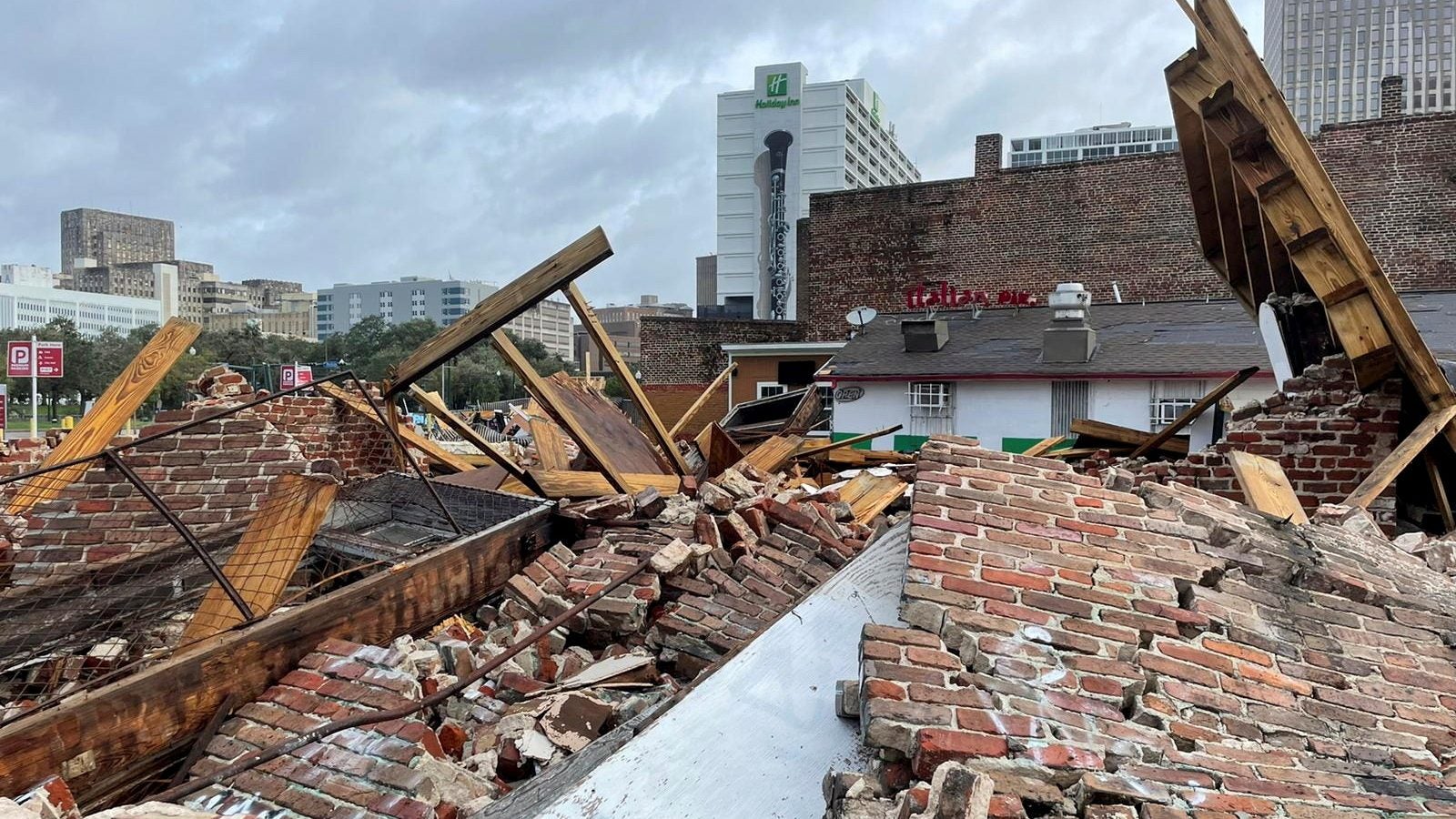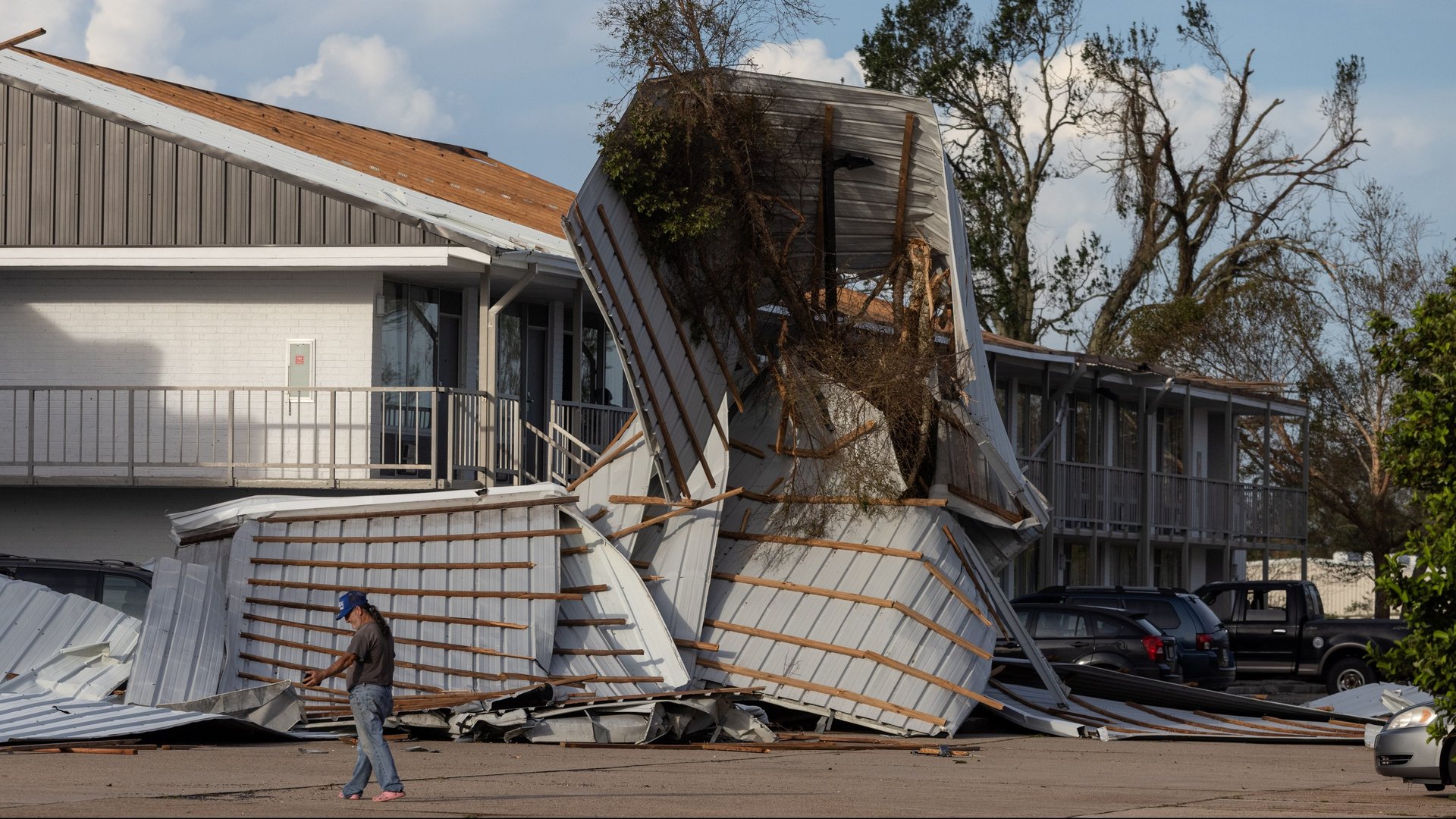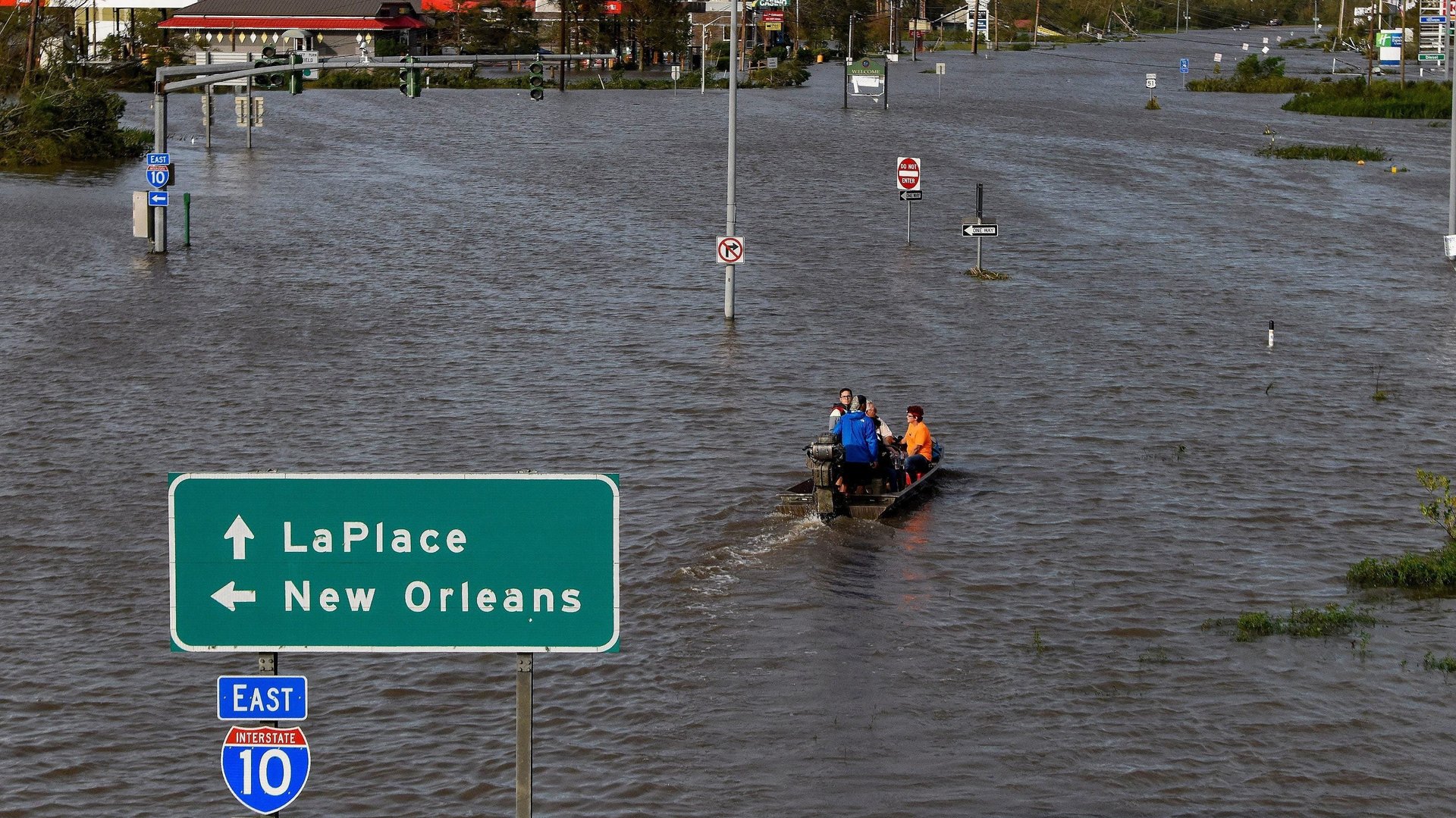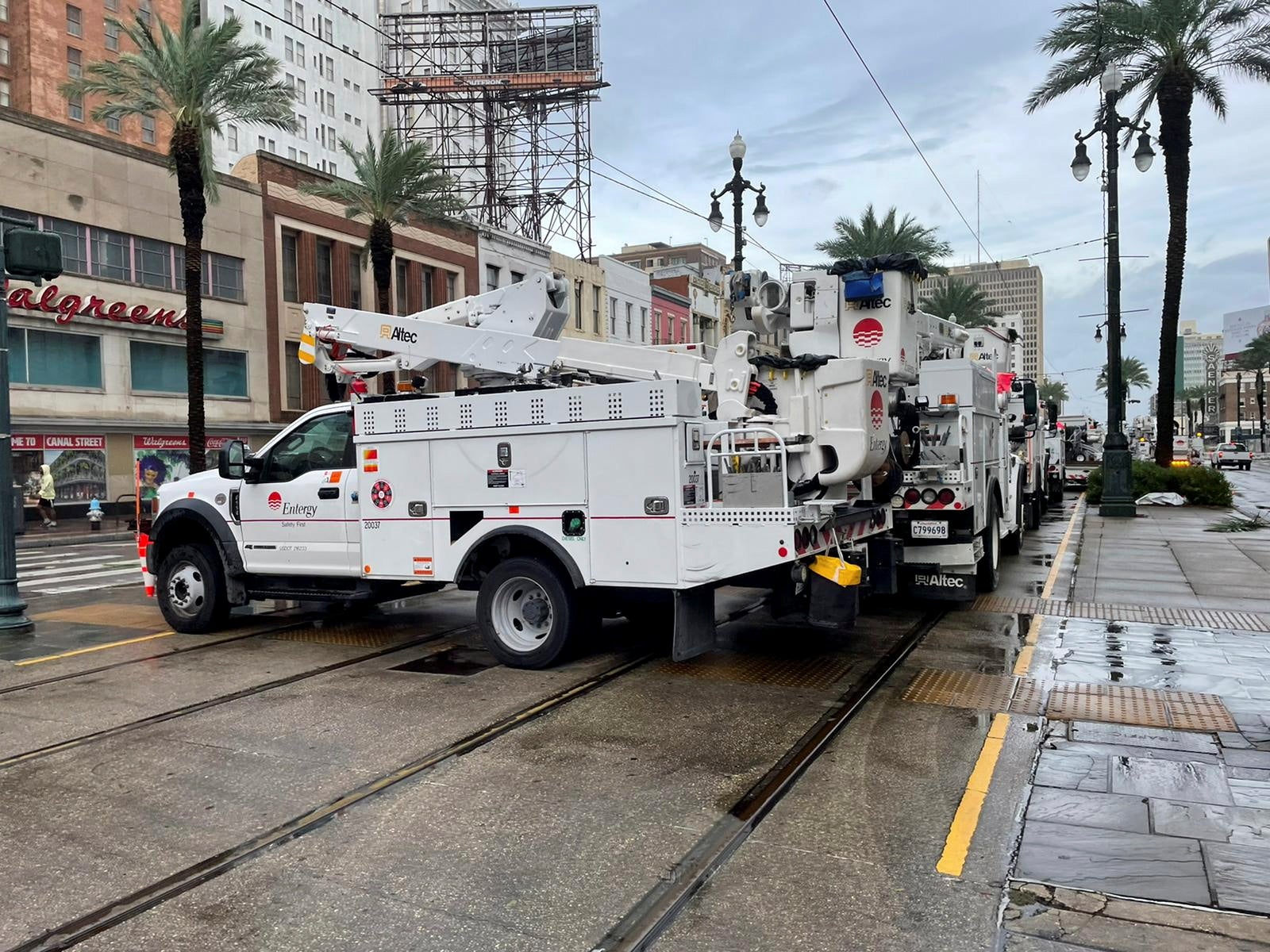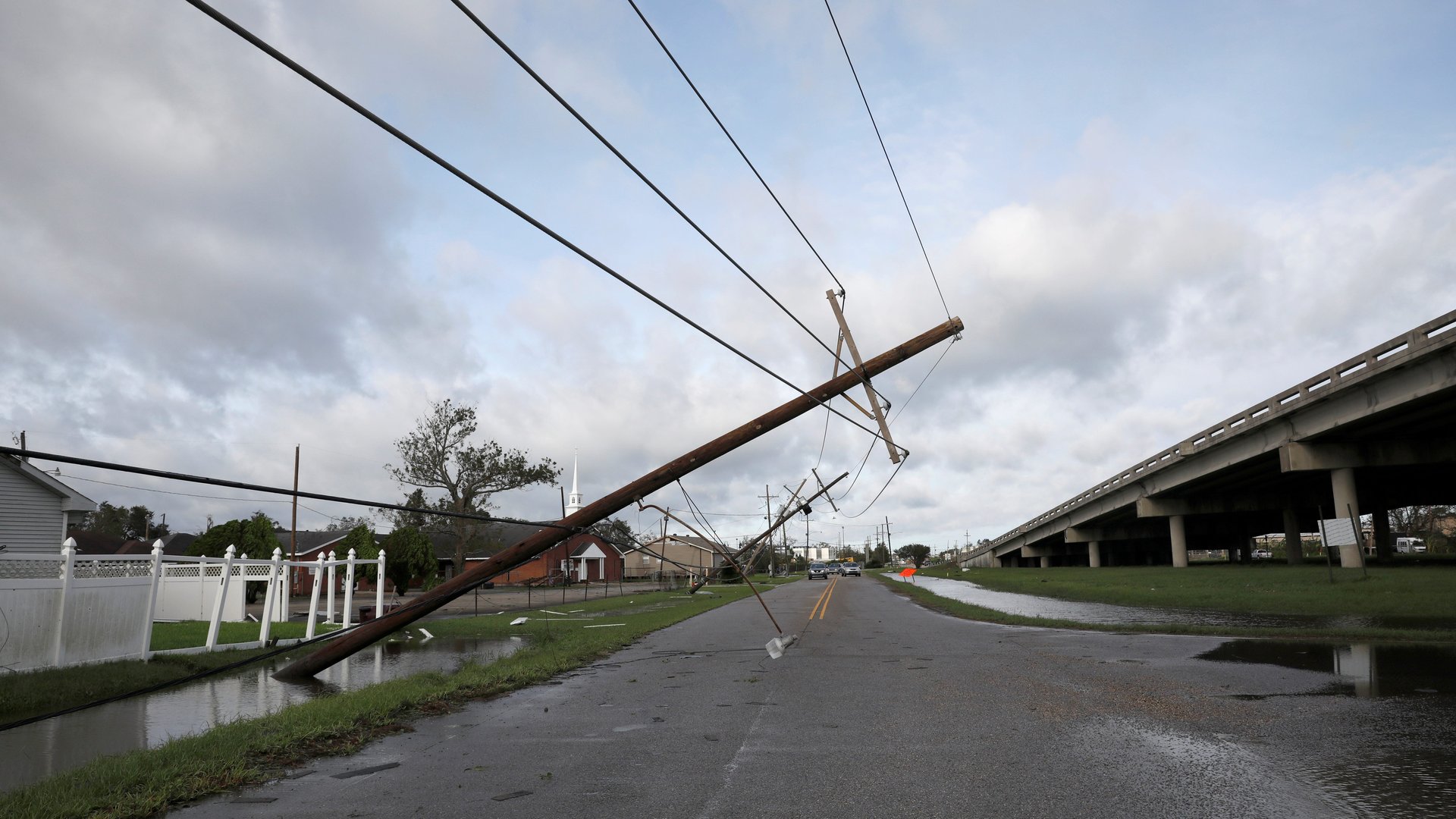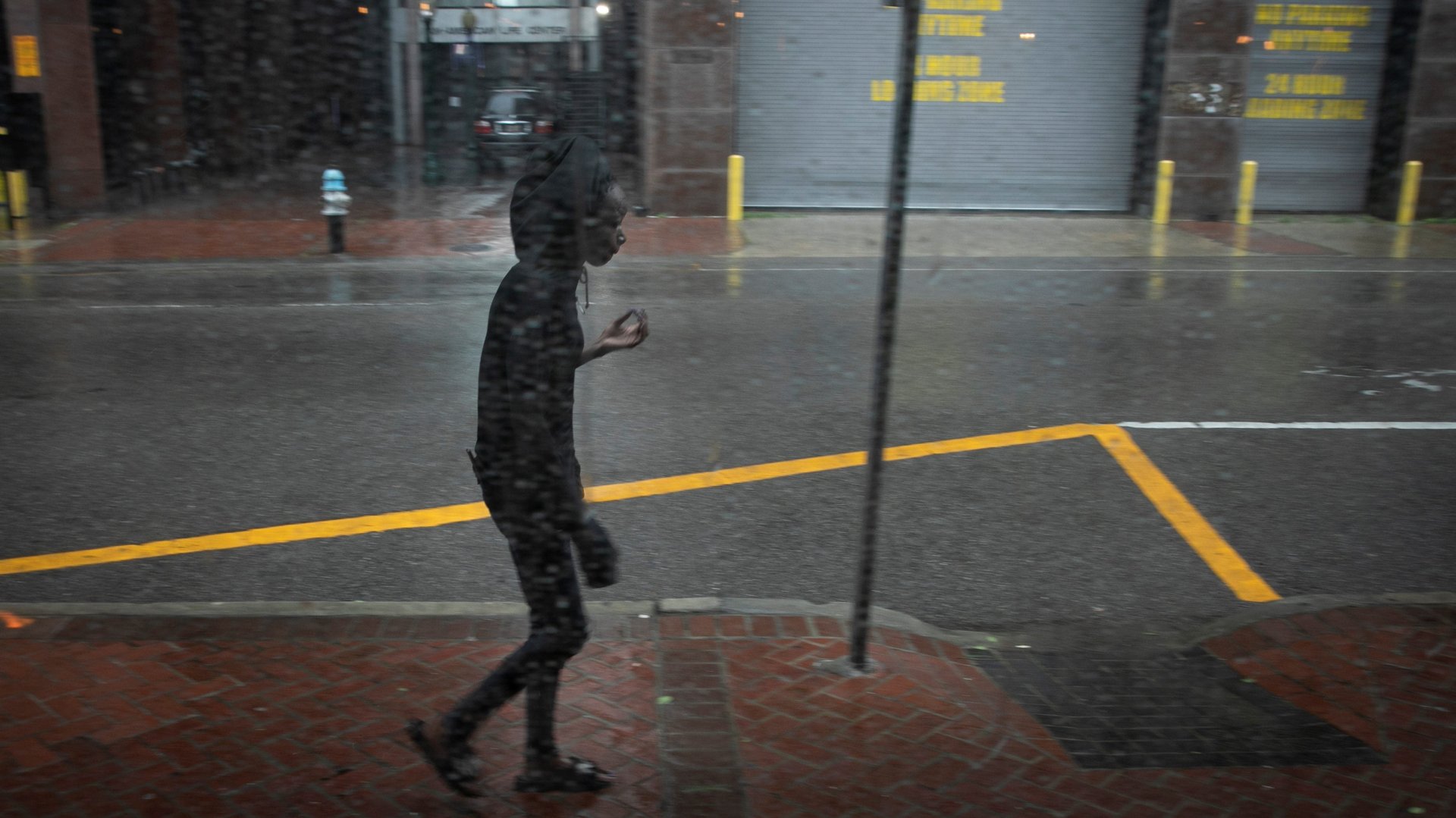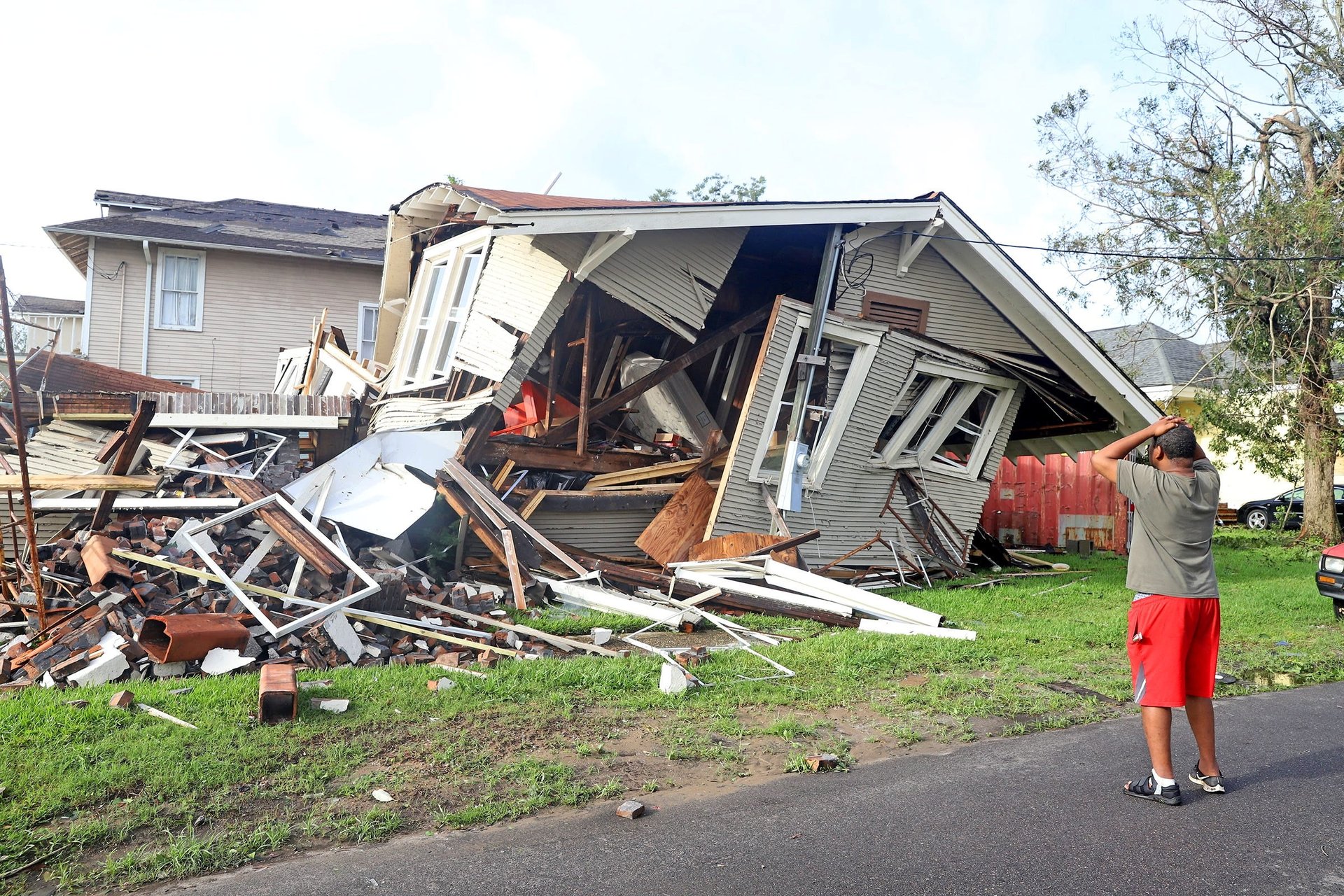Photos: Hurricane Ida pummels Louisiana leaving over a million without power
Hurricane Ida made landfall in Louisiana last night, leaving a path of destruction in its wake. Winds up to 150 mph (230 kph) and torrential rain that led to flash flooding destroyed numerous homes and buildings. The storm completely knocked out the electrical grid in New Orleans and the surrounding area, leaving more than 1 million people without power. Flooding left people trapped in their homes and even led some to climb into attics to escape the rising water. Search and rescue teams set out in boats and helicopters to rescue people trapped in their homes by flooding. So far, one death has been associated with the storm, but Louisiana governor John Bel Edwards said that he expected the death toll to rise “considerably” today (Aug. 30).
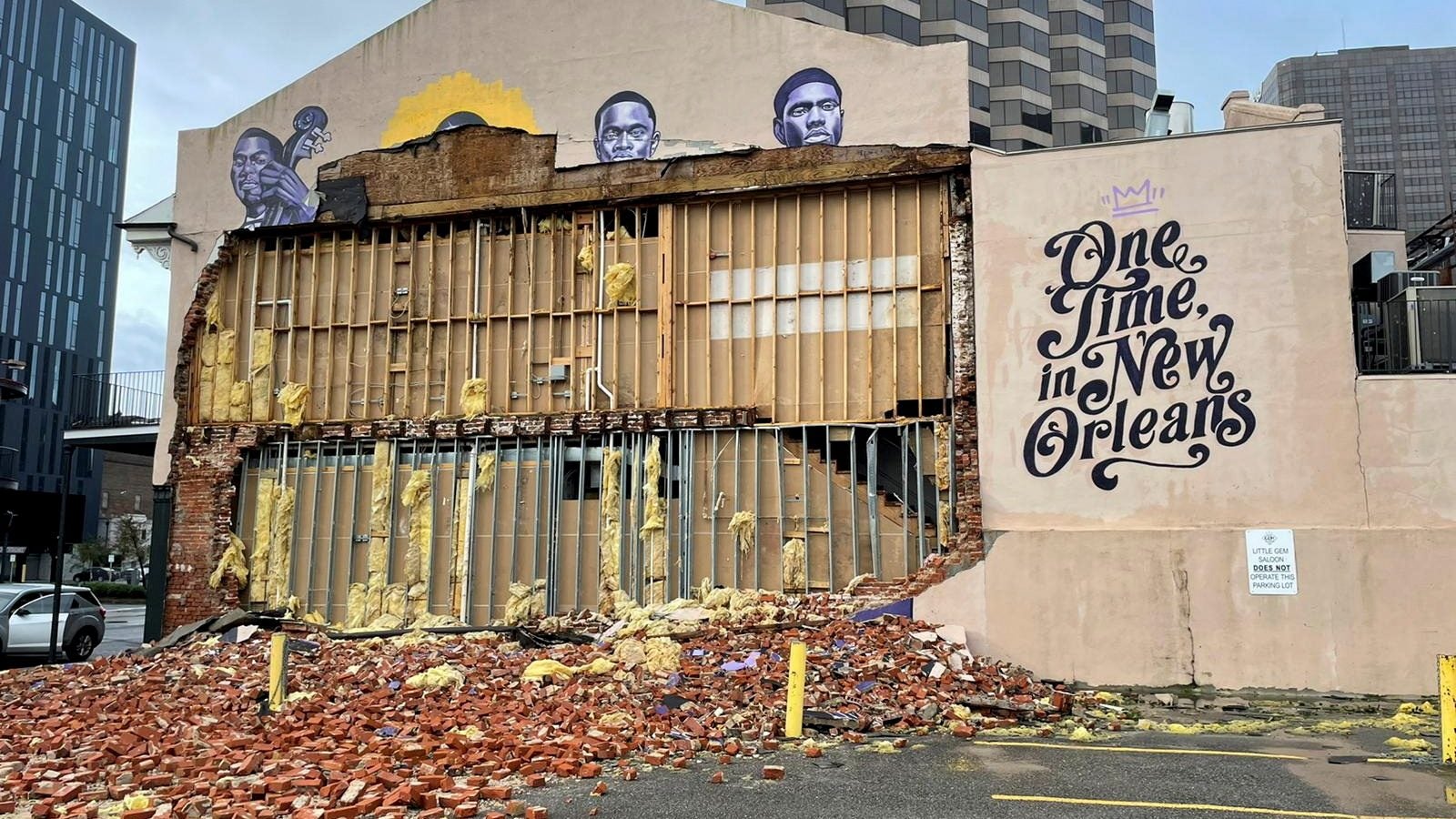

Hurricane Ida made landfall in Louisiana last night, leaving a path of destruction in its wake. Winds up to 150 mph (230 kph) and torrential rain that led to flash flooding destroyed numerous homes and buildings. The storm completely knocked out the electrical grid in New Orleans and the surrounding area, leaving more than 1 million people without power. Flooding left people trapped in their homes and even led some to climb into attics to escape the rising water. Search and rescue teams set out in boats and helicopters to rescue people trapped in their homes by flooding. So far, one death has been associated with the storm, but Louisiana governor John Bel Edwards said that he expected the death toll to rise “considerably” today (Aug. 30).
The storm, which was predicted to be the strongest to hit Louisiana since the 1850s, landed on the 16th anniversary of Hurricane Katrina, a storm which resulted in the deaths of more than 1,800 people and caused $100 billion in damage. The full scope of the damage from Ida remains to be seen, but early reports show many partially and fully collapsed buildings. In an interview with ABC News’ Good Morning America, Deanne Criswell, administrator of the Federal Emergency Management Agency, called the damage “significant” and emphasized that the federal agency was directing many resources to the state.
The hurricane has been downgraded to a tropical storm as it heads inland, but the places where it has struck now have to deal with the aftermath. There is particular concern for area hospitals, which have already been overrun with a surge of Covid-19 patients.

